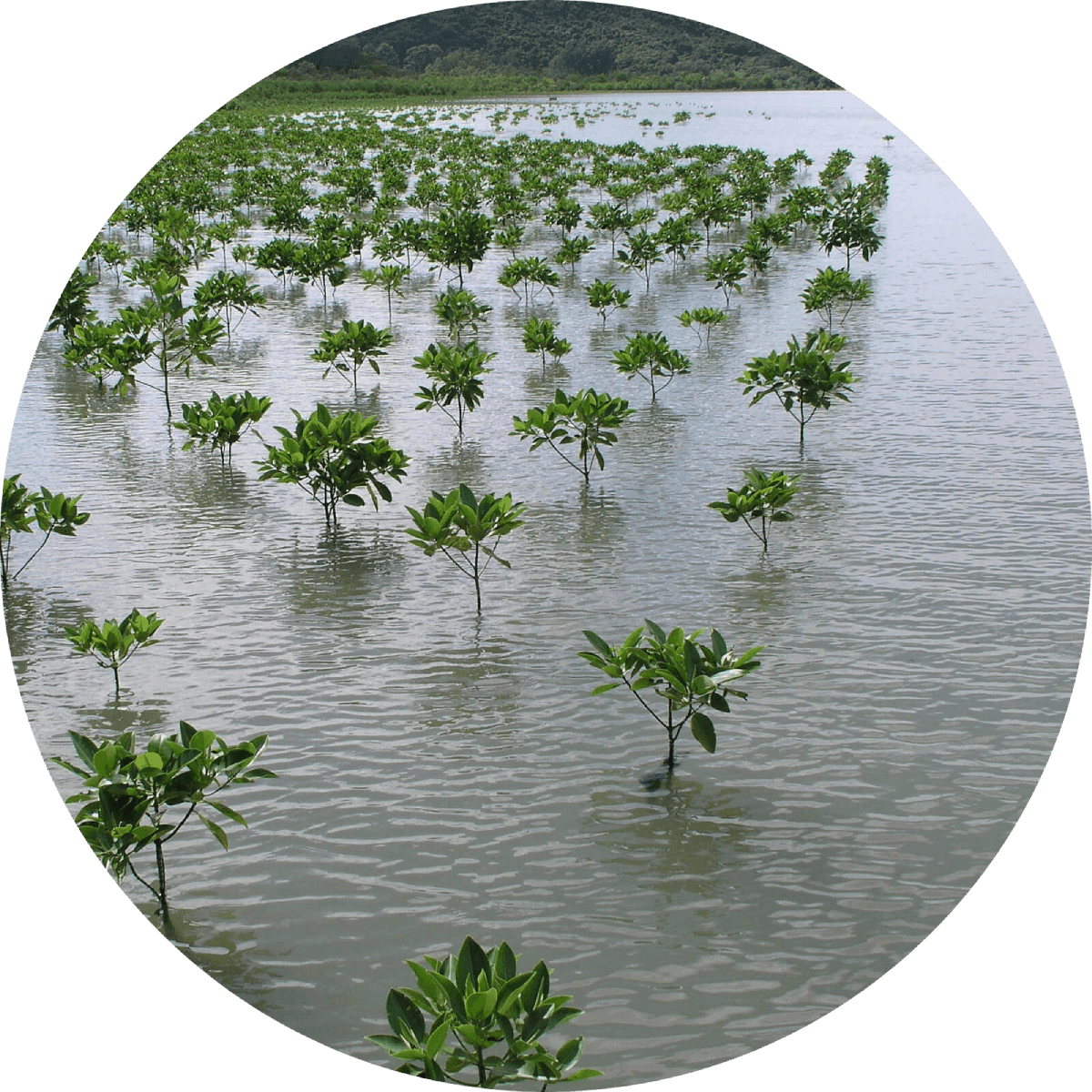". . . increasing population coupled with unusual spring weather and an early migration up the lake have resulted in dead fish on the coast between Muskegon and the Straits of Mackinac."
“Warmer air can hold more water vapor, so we are seeing more intense storms and precipitation, and more fluctuations in lake levels. All this contributes to a greater risk of flooding and erosion of our coastal ecosystems, like our dunes.”
"With the food web all screwed up, it takes the whitefish a lot longer to grow . . . It’s been decimated from top to bottom. The whole thing’s out of balance.”
"Unlike typical lake waves that roll by every three to five seconds, meteotsunamis can last for two minutes to up to two hours, dramatically raising localized lake levels and spawning dangerous rip currents that can carry swimmers offshore. Although many of these weather-generated waves are often modest in height — sometimes only standing 1 or 2 feet tall — their longevity can be formidable . . . Not only has the threat posed by meteotsunamis been seriously underestimated, according to scientists, but the bulk of these waves occur in the late spring and early summer, overlapping with much of beach season."
"While appealing, the clarity comes at a significant cost to wildlife. In filtering the lake, the mussels have decimated the phytoplankton, a single-celled, green algae that serves as the base of the food chain. For much of the past decade, prey fish, like alewives, have remained at historic lows, prompting state managers to scale back the annual stocks of prized predators, such as king salmon."
“As you reach the southern side of the lake — the deep end of the teardrop — and turn east, you enter a land of ash and coal, grain elevators, chimneys that burp up showers of sparks or just spew. At the end of every sad street, a playground and a factory, the engine of the city, nether regions and pump room. Factories line the lake shore, sucking up and polluting its water. The freighters come and go, the machines, trucks. This landscape scared me when I was a child.”
"The video also shows footage of an underwater dive on part of the pipeline. The words 'broken supports' and 'unsupported pipeline covered in debris' are shown in sections of the video, which labels the 60 year-old pipeline as a 'Sunken Hazard."
"When the line broke, the sludge gradually sank to the bottom while the volatile hydrocarbons poisoned the air. Hundreds of homes and businesses had to be evacuated. About 150 families moved away permanently"
"The quick decline of a tiny shrimp-like species, known scientifically as Diporeia, is related to the aggressive population growth of non-native quagga mussels in the Great Lakes . . . As invasive mussel numbers increase, food sources for Diporeia and many aquatic species have steadily and unilaterally declined."
“There were an abundance of sand bars along the shore there and we’d swim past the deep suction until you could stand up again. I also remember all the sawdust piled up on the shore, washed away from the many sawmills on the rivers or along the lakes. Manistique Paper also emitted something that smelled really bad and made the water close by ugly. I don’t think I ever took Lake Michigan for granted. It was always a force in our lives. I didn’t always appreciate it, though . . . I also loved it for swimming and the endless shoreline that led to a quiet place only visited by deer, shorebirds, seagulls, and a big natural family free of human imprint.”
“From a distance of 100 feet, the Wolf River below the dam here appeared to be boiling from bank to bank. Up close, the scene was of violent thrashing as lake sturgeon gathered . . . This was the height of an annual spawning season here . . . These living relics, as Fred P. Binkowski, senior fisheries biologist of the University of Wisconsin at Milwaukee, calls them, are at the core of new efforts to restore the fish to their ancestral waters here and far beyond . . . Experts cite a conservation program begun 99 years ago at the 165,000-acre lake [Winnebago] . . . Now, biologists are planning a long-term program using Winnebago stocks that ideally will begin to rehabilitate sturgeon in all five Great Lakes, starting with Lake Michigan.”
“A study commissioned by the U.S. government reported in 2000 that Great Lakes levels would drop ‘significantly’ under most of the scenarios tested, with declines as great as two to five feet on Lakes Michigan and Huron by 2090: A one-meter average drop in Lake Michigan would disable the Chicago diversion . . . Great Lakes commercial navigation would be crippled. Electricity generation from hydropower would decline as dramatically as the lake levels. Political discussions over costly and environmentally hazardous dredging projects would abound. Thousands of municipal water intakes and wells would have to be moved or extended. The nature of the fishery would be completely altered due to a lack of spawning ground and warmer water . . . Locks would have to be re-engineered and channel walls stabilized.”
“According to the U.S. Coast Guard documents, 3,816 spills dumped more than 1.19 million gallons of petroleum products in the Great Lakes from 1973 through 2000. Spilled petroleum in all its forms . . . has more serious environmental consequences close to shore than in the open ocean and is harder to contain in freshwater than salt, putting the Great Lakes at great risk.”
". . . where there had only recently been a beautiful beach was now a steep 100-foot drop into Lake Michigan. The millions of cubic feet of sand that made up the beach and part of the high bluff above it had disappeared beneath the waters of the lake in a huge coastal landslide."


Learn about Maya Lin’s fifth and final memorial: a multi-platform science based artwork that presents an ecological history of our world - past, present, and future.

Discover ecological histories and stories of former abundance, loss, and recovery on the map of memory.

Learn how we can reduce our emissions and protect and restore species and habitats – around the world.

See how art can help us rethink the problems we face, and give us hope that each one of us can make a difference.

Help make a global memorial something personal and close to home. Share your stories of the natural world.